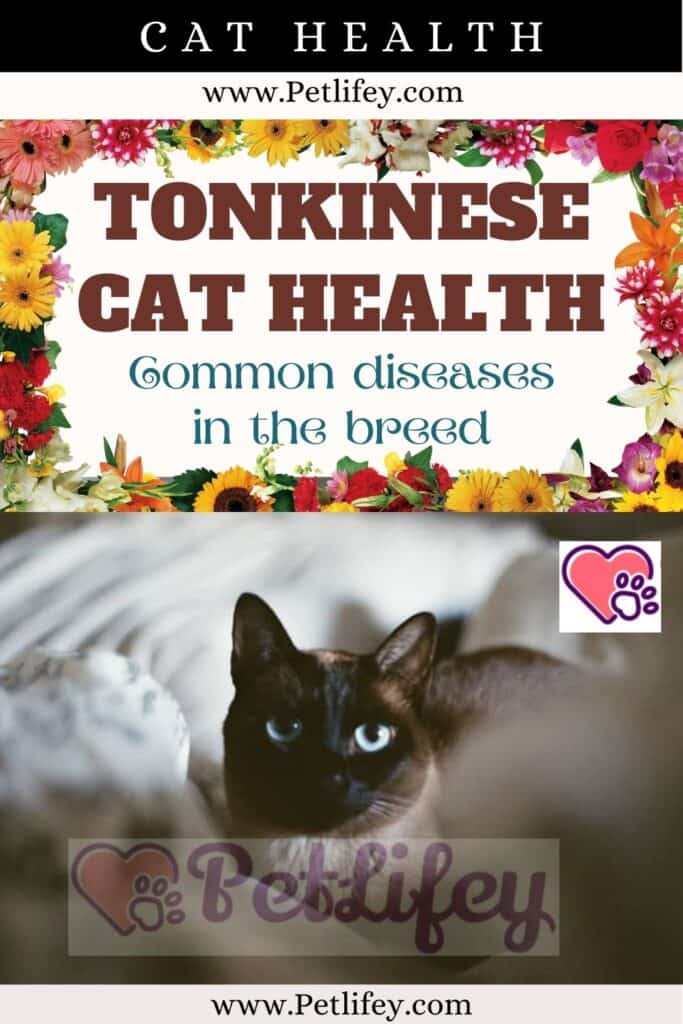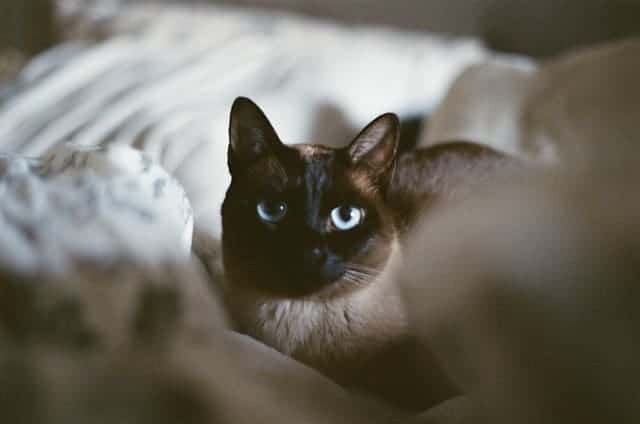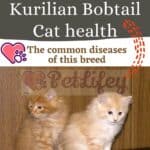Diseases of the Tonkinese cat are the most common pathologies in this short-haired cat breed. Let’s find out together which ones can hit him.

Although the choice was really difficult, the decision was finally made to welcome a Tonkinese cat into one’s home and life.
A feline that can be described as a cross between that of the Siamese and that of the Burmese.
But what should we expect from this cat that is rather massive? What are the pathologies that can affect him?
In the next paragraphs you will find everything you need to know about Tonkinese cat diseases, the most common in this cat breed.
Diseases of the Tonkinese

The Tonkinese is an extraordinary breed of cat, endowed with good health but not immune to certain pathologies.
The Tonkinese cat breed has a short-haired cat, of medium height, muscular and massive, but not squat.
It enjoys excellent health but like all other living beings in the world, it can develop the diseases of any other cat.
Of course, if kept well cared for, it can live up to 15 years of age and beyond.
Despite having a strong and muscular body, it is subject to some diseases related to the mouth and weight:
- gingivitis : an inflammation of the cat’s gums caused by tartar. The obvious symptoms will be: bleeding, itching, redness and inflammation of the part. The animal must absolutely be treated, generally with antibiotics;
- feline stomatitis : inflammation of the mucous membrane of the mouth due to the presence of bacteria. Symptoms are: redness, excessive salivation and tissue irritation;
- tartar : Bacteria that attach to food debris and more, form dental plaque, which can worsen and become tartar. Correct oral hygiene and the use of specific objects and snacks for the teeth will suffice to avoid the problem;
- dental resorption : this condition prevents the cat from eating properly and drooling frequently, because the part that covers the tooth is completely worn out. In these cases the veterinarian could prescribe some antibiotics or resolve with dental extraction;
- absorption of the enamel : the enamel tends to detach and the cat to swallow it. The teeth will look different than usual, with a tendency to have red spots on the tissues.
- Obesity in the cat : precisely because of its massive body, this cat, if it does not follow a suitable diet (possibly made of dry food), if it is not carefully controlled, can easily find itself in a critical situation regarding obesity in cats. . This breed needs daily physical exercise and it is essential to provide them with various toys that allow them to exercise (for example: scratching posts and high shelves to climb).
Other diseases common in all breeds
Of course, those of the mouth are not the only diseases of the Tonkinese cat. Just like other felines, it can also suffer from quite frequent pathologies, for example:
- Allergies : the cat can suffer from allergies that can have very different origins;
- Abscesses: infections due to deep wounds, we can see them on the paws, behind the tail or on the muzzle of the animal. Treatable with antibiotics;
- Conjunctivitis – inflammation of the mucous membranes of the eye;
- FeLV: known as feline leukemia, it affects the bone marrow and is caused by a virus from the Retrovirus family, including the one responsible for FIV itself. It is transmitted by exchange of blood and saliva, even if not direct, and there is no cure other than the possibility of preventing the disease with vaccination;
- FIV: a is a feline immunodeficiency syndrome similar to human HIV, transmissible through saliva and blood. It is not curable and there is no vaccine but, if intercepted in time, it can sometimes allow a considerable survival;
- Mycosis: is a disease caused by fungi. It causes redness, scabs and other symptoms that lead to scratching constantly, with the risk of spreading the infection to other parts of the body. It is transmitted by direct contact and the cat may not show symptoms but be a healthy carrier.
- Otitis : is the inflammation of the epithelium that covers the ear canal and the auricle. It often occurs when the cat has low defences;
- Periodontitis : a disease of the cat’s mouth and is common especially in older cats and if treated in time it can be fatal for the animal;
- Cold: it is a light respiratory disease but which in any case must be treated to avoid complications and also be attacked by secondary diseases of the respiratory tract;
- Mange : It is caused by a mite of which there are several species and subspecies that behave in different ways. It is transmissible to other animals and to humans, there are several types and has symptoms similar to eczema: itching, scabs, patchy hair loss. This disease is also called scabies;
- Feline toxoplasmosis : an infectious disease caused by the parasite Toxoplasma gondii, which finds its final host in the feline to reproduce.






